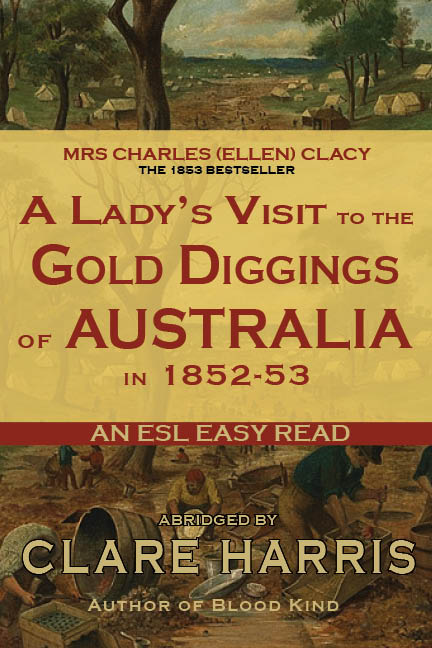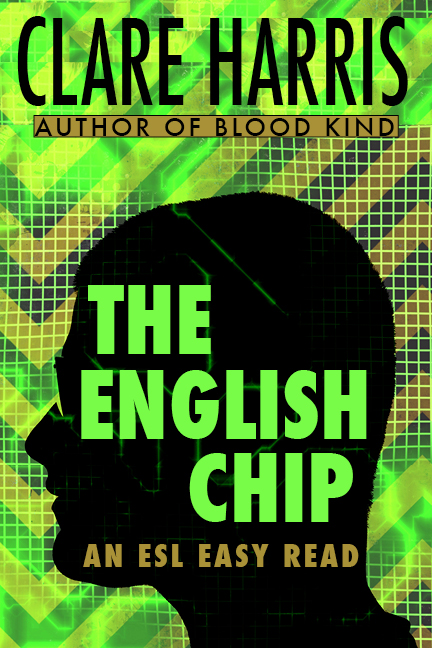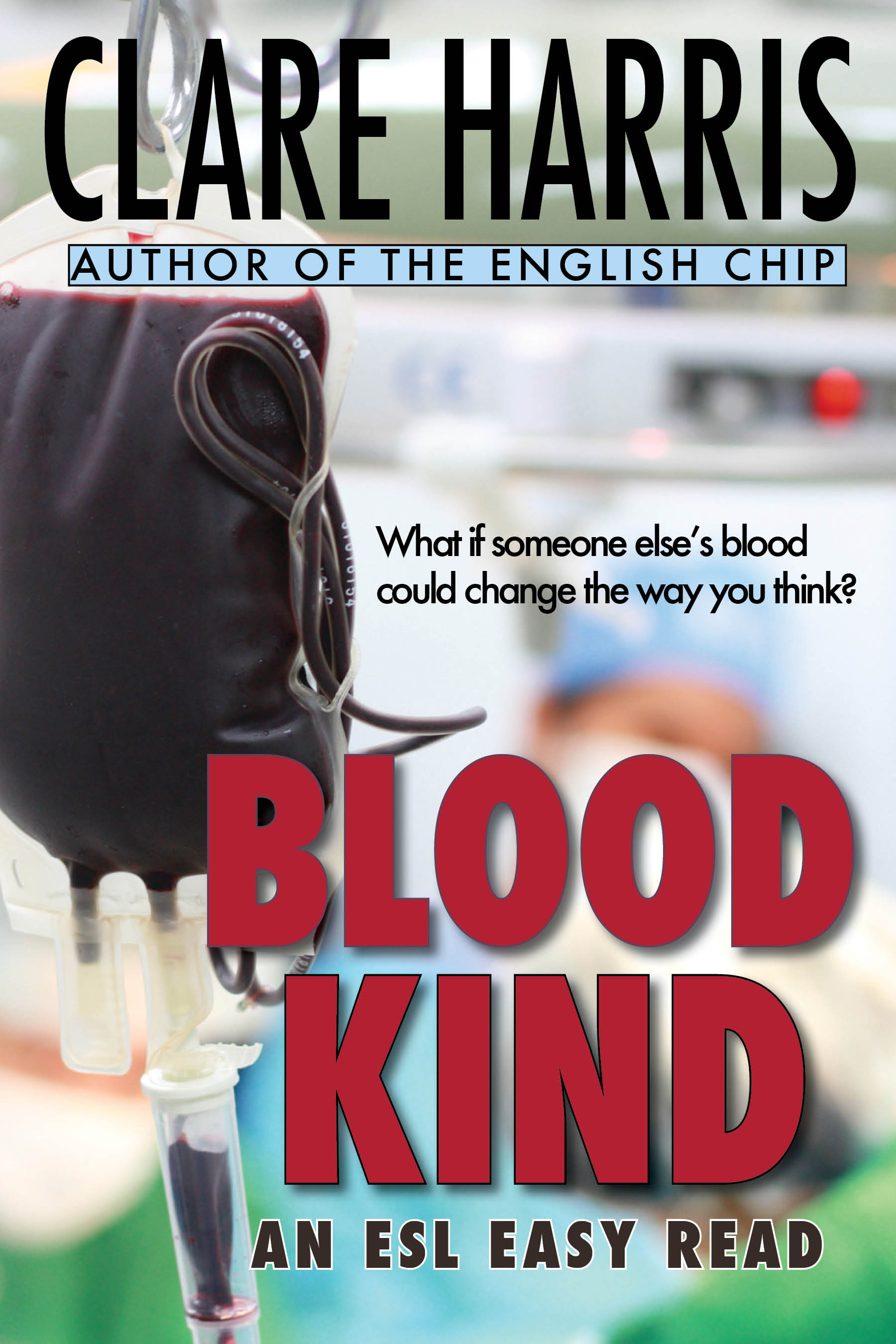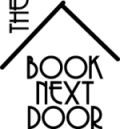I didn’t even know about this new ESOL resource set, Living Well with Hepatitis B, until I saw it at the recent QATESOL/QCAL conference – in fact I chose it when I won a door prize!
I always love ELT readers, and the one in this set is very charming, with four short stories about people with Hepatitis B – and about other people’s misconceptions. It comes with a Workbook, with notes for teachers about Hepatitis B, plus simple language activity sheets for each story.
The four stories are:
- Cooking at the school (yes, you can still help with cooking)
- Ayanda is pregnant (how to protect your baby)
- An and Linh want to get married (but he needs to disclose his status)
- Karim and his team (a teammate never got treated and now has liver cancer)
They are simple little stories, pitched at CSWE II/students working towards ACSF II), but introduce poignant issues that have relevance outside this particular medical problem. The language is very clear, and the pages are spacious and use a lovely font.
Since Elene Claire (who co-wrote the resource with Hepatitis Queensland) wasn’t able to come to the conference, I followed up with her this week:
Elene, how did this project come about?
Hepatitis Queensland (Hep Qld) won government health information funding to produce a Hepatitis B reader, workbook and teacher materials aimed at recently-arrived migrants and refugees in AMEP classes in Queensland. Hepatitis B carriers are very common in some of our current migrant populations.
I was contacted by a former colleague (a graphic designer) who had been engaged to format and publish the materials. When another very experienced, already published ESL teacher/writer was not available, I took on the project.
Yay, great opportunity! How did you decide on the four stories?
The stories came out of the information that Hep Qld wanted to convey. At the initial project meeting, we scoped the content requirements and asked the HepQ project team to come up with some common scenarios. They became the four stories.
Basically we needed:
- someone who had just been diagnosed, to convey reassuring introductory information
- information of management during pregnancy & treatment/prevention for the newborn child
- a scenario about sex – prevention of transmission & cultural stigma issues
- a scenario to reinforce that HepB is a serious, sometimes fatal condition and if left unmonitored, can lead to chronic side effects and/or liver cancer
That’s a lot! How did you make the stories simple and yet address complex issues?
I’d been asked to write for post-beginners and tried very hard to use grammar structures and vocabulary that CSWE II learners would be learning in class. As a teacher, I wanted the materials to complement language learning, which is the main focus of teachers and students. The language learning context was to be health vocabulary, grammar, pronunciation and sensitive cultural topics about Hepatitis B.
As you can imagine, the focus for Hep Qld was to convey specific health information and some of this was quite complex and technical. My original drafts were a lot ‘simpler’; they became a bit longer with extra detail for technical correctness (and some repetition so that the stories could stand alone). We had lots of good-natured discussion over weeks, of what could and couldn’t be changed!
How are the resources being used? I see there is lots of multilingual information on the Hepatitis QLD site…
The funding was specifically for the materials to be distributed to TAFE Queensland AMEP classes. Class sets have been sent to all sites where the AMEP is delivered.
How have learners and teachers reacted to the resources?
To date, I’ve had positive comments for one teacher who has used them in a large regional centre.
Some teachers may be uncomfortable using the materials because of the topic, especially if their learners do not come from migrant populations with a high incidence of Hep B. Cultural aspects around sex, marriage and death may also be too sensitive for some students.
It’s very clear language… really accessible to literacy learners…
Yes – I have suggested to Hep Qld that the resources be made available for general literacy learners. There is also incidence of Hep B in the indigenous population in Australia. Although Hep Qld has received funding for a separate project targeted at this cohort, these materials could be suitable for indigenous learners, with teachers making appropriate cultural adjustments.
I didn’t know all that information on Hepatitis B myself – I’m not alone, am I?
I had no idea either!
The illustrations, by Julie Haysom, are very charming. How did you brief her?
Aren’t the illustrations fantastic?
As the text came together, I suggested what the illustration should be on each page and the Julie followed my recommendations. I had no communication with her at all – she’s in Cairns and I’m in Brisbane!
I love the reassuring title, too! But the fourth story is about visiting a friend with liver cancer. It’s a little reminder that untreated Hepatitis B is serious…
That was the intent – to show that any individual, even someone young and vibrant, can be infected and not know it until it has a chronic or worse impact on their health.
The main message that Hep Qld want to get across was to dispel the fears that our migrant communities may have around Hep B. That is, it’s not a death sentence and that in Australia, Hep B is manageable with a healthy lifestyle and regular medical supervision. A series of vaccinations will prevent the spread of the condition to newborn babies and sexual partners.
I like the way that the activity sheets explore general health and wellbeing issues. Could you link this reading with other health issues, like Diabetes?
Yes definitely – that was the whole idea!
Finally, the resource does reference Queensland, but only on the cover/credits/ page 36 – you could easily use it elsewhere. Are the materials going to be sold outside Queensland in the future?
Yes, project officer Lana is going to work on this, as the materials have apparently been well received in the Hepatitis Education sector. Watch this space!










